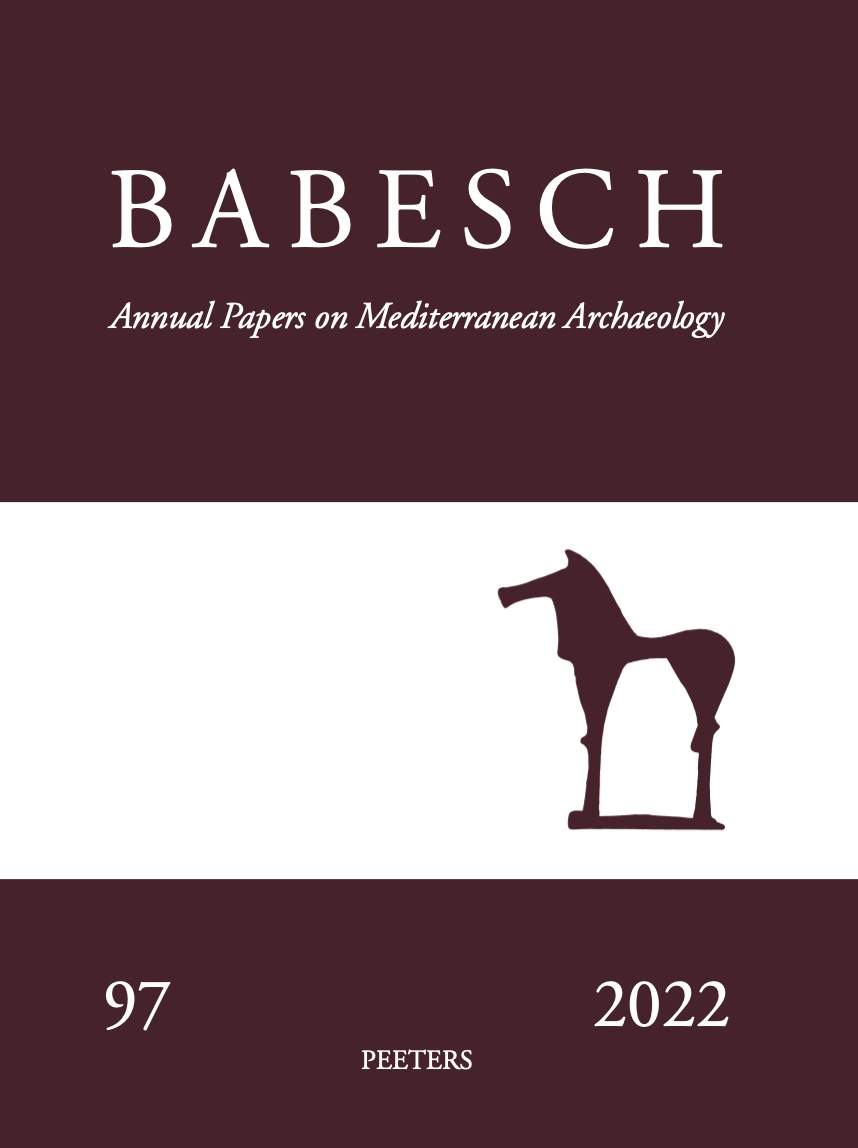 previous article in this issue previous article in this issue | next article in this issue  |

Preview first page |
Document Details : Title: Castor, Caracalla, and the so-called Statue of Sol in the North Carolina Museum of Art Author(s): HIJMANS, Steven E. Journal: BABESCH Volume: 69 Date: 1994 Pages: 165-174 DOI: 10.2143/BAB.69.0.2005947 Abstract : Ten years ago, the North Carolina Museum of Art acquired a Roman statue which Cornelius C. Vermeule has identified as Caracalla in the guise of Helios-Sol, and has dated to 205 A.D. (Vermeule 1990). According to Vermeule, the statue not only represents Caracalla as Sol, but also links him closely to Alexander the Great, for in many respects its features closely echo portraits of the Macedonian ruler. Vermeule believes that the Roman sun-god Sol was ultimately derived from a syncretism of Alexander and Helios, which would explain how this linkage of Caracalla, Alexander, and Sol/Helios came about. I disagree with his conclusions, however. As I shall argue in this article, Vermeule exaggerates both the links between the Roman Sol and the Greek Helios, as well as those between Helios and Alexander. In fact, I do not believe that the statue represents Sol (in any guise) at all, and I shall present an alternative interpretation of the statue in this article. |
|


